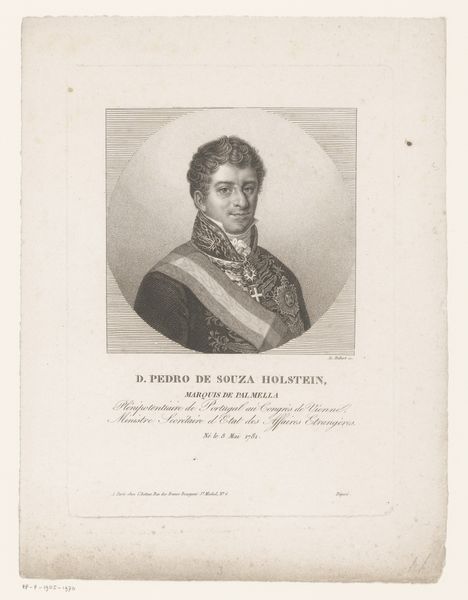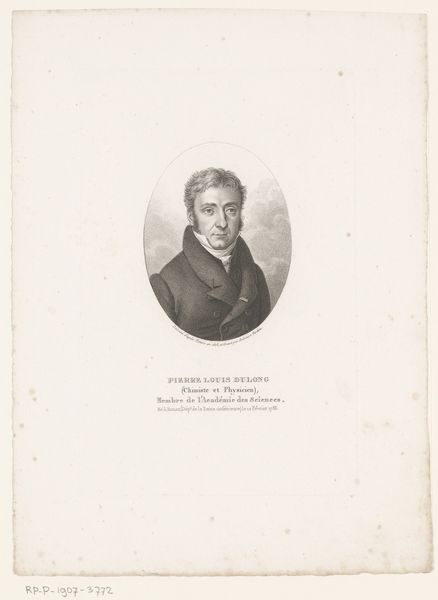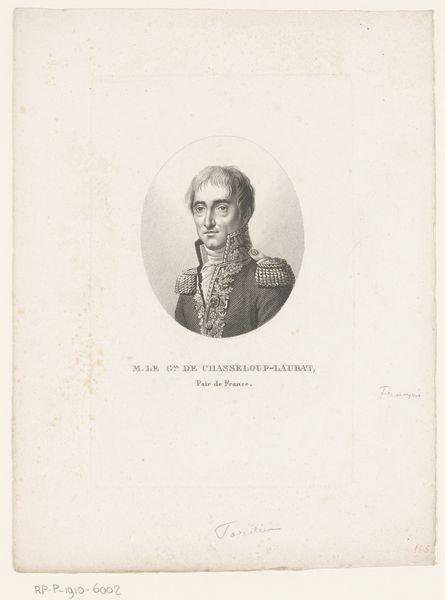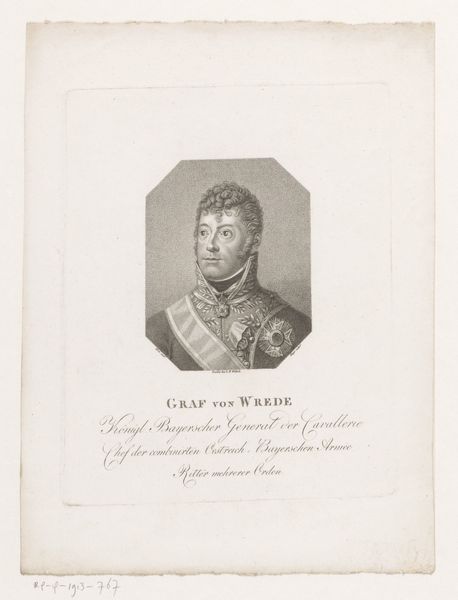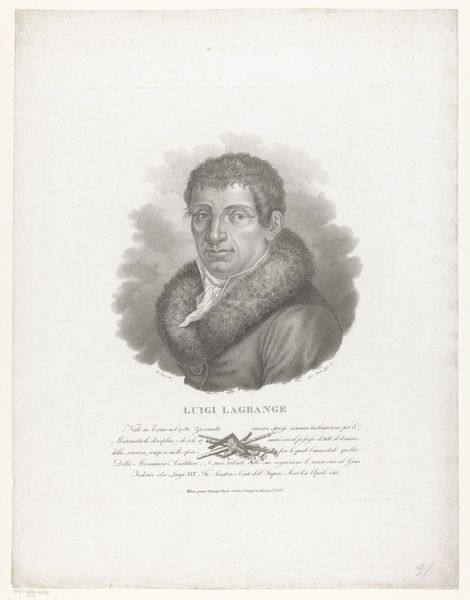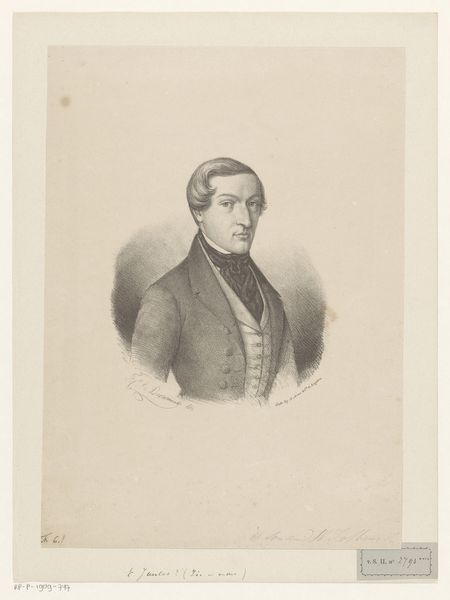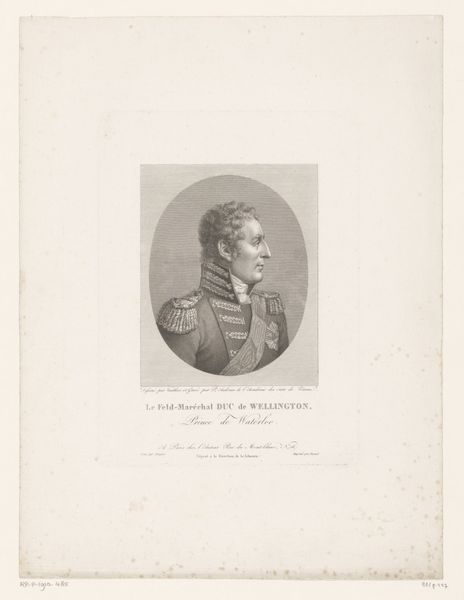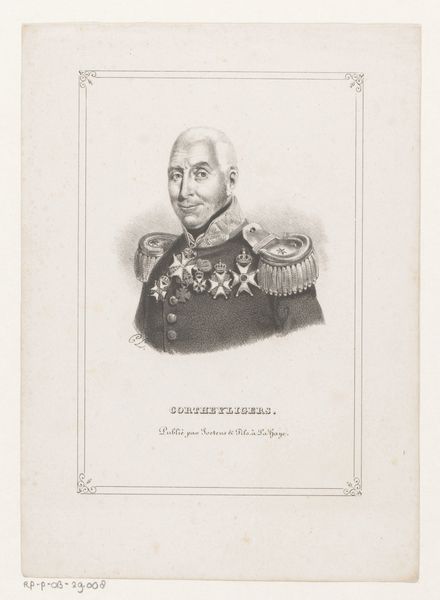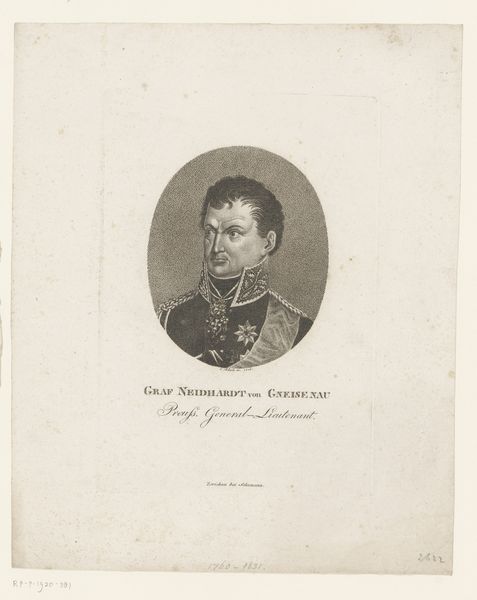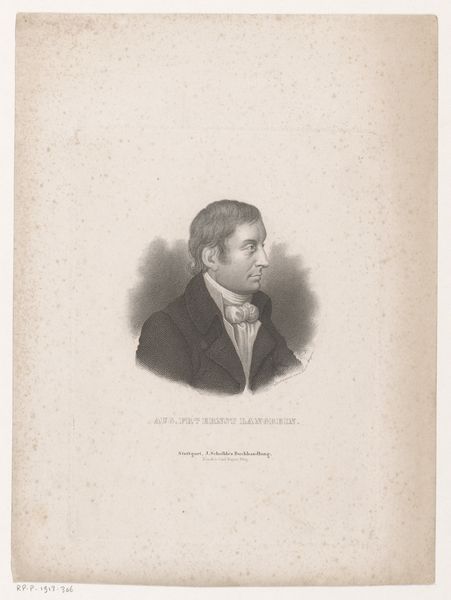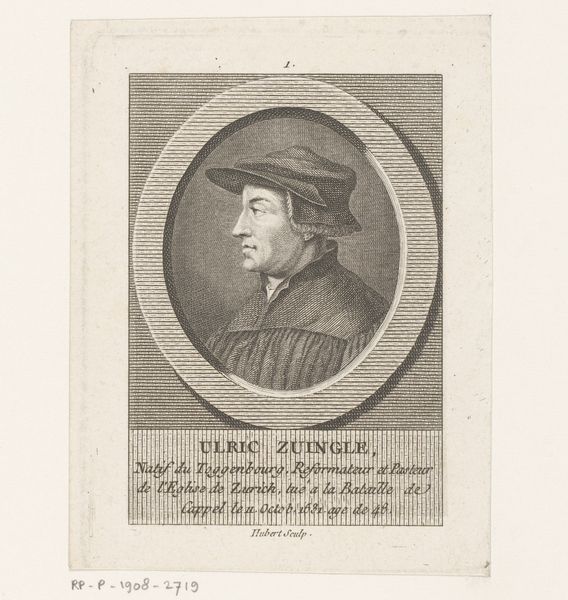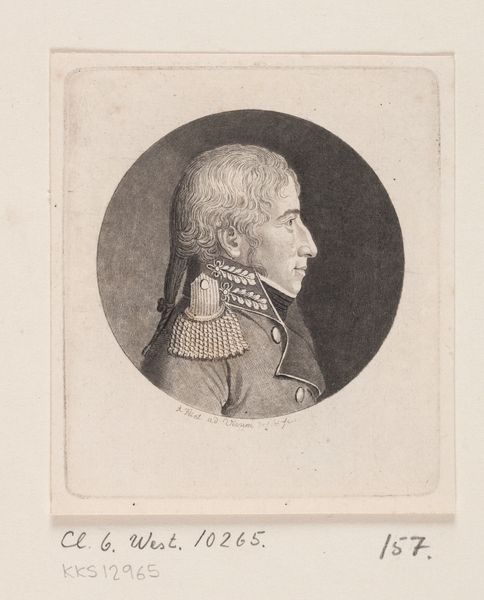
print, engraving
#
portrait
#
neoclacissism
# print
#
history-painting
#
engraving
Dimensions: height 253 mm, width 184 mm
Copyright: Rijks Museum: Open Domain
Editor: This is "Portret van Arthur Wellesley of Wellington" from around 1814 by August Dalbon, an engraving printed on paper. It strikes me as incredibly formal, a representation of power through very deliberate materials. What do you see in it? Curator: I see a highly mediated product. Think about the engraving process itself. It’s a laborious, reproducible form. This portrait isn't about capturing some authentic "likeness" of Wellington, but constructing his image as a commander through reproducible media for wider distribution. Editor: So the medium itself is part of the message, implying perhaps that his power extends beyond the battlefield into a wider sphere? Curator: Precisely. Engravings like this fed into a burgeoning market for celebrity images, almost like proto-mass media. This begs the question, who commissioned it, and why? Was it for public consumption or restricted to a certain societal strata? These prints cemented his place within both public consciousness and historical narratives. Editor: It's fascinating to consider the role of printmaking in shaping historical perception and the very act of production influencing how we perceive leadership and authority. It changes my view quite significantly. Curator: It's a powerful demonstration of how seemingly simple images are laden with context about the mode of production, and its relation to distribution within social dynamics. By looking beyond just the “subject” in the image, we can understand how power works to reproduce itself and construct historical legacies.
Comments
No comments
Be the first to comment and join the conversation on the ultimate creative platform.
